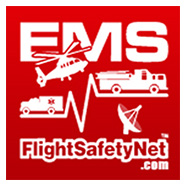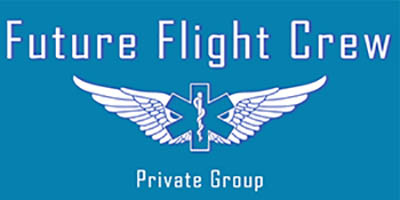WASHINGTON, D.C. — Air Medical is pushing back against increased attention focused on practices that result in surprise billing.
HIGHLIGHTS:
- The industry group representing air ambulance services is warning that bases are at risk of closing, particularly in rural areas, if Congress passes a bill banning surprise billing and dictates how air medical services providers are to be paid if they’re out of a patient’s network.
- Industry executives pointed to what they called flaws in current proposed legislation, noting that in some states there are no in-network air medical providers. The legislation, if passed, would allow payers to reimburse for the median in-network amount based on other local contracts.
- Before enacting any laws, Congress should look at the work of a Department of Transportation advisory committee charged with reviewing industry issues, the Association of Air Medical Services said. But that committee has yet to begin any work, according to DOT.
As reported by Health Care Dive, the issue has become high profile, drawing condemnation from the White House and members of both parties, with a number of proposals to ban it being debated in Congress.
Colorado-based Air Methods Corp. and Global Medical Response are the two companies most exposed financially to any surprise billing legislation, according to an S&P Global report.
As air ambulances’ billing practices are caught in lawmakers’ crosshairs, industry executives are on defense and accusing Congress of failing to address the root cause.
Industry executives said a majority of the nearly 360,000 patients they fly each year are covered by government programs, which underpay them for their services. Medicare and Medicaid rates are not based on the actual cost of providing services, Rick Sherlock, CEO of the industry’s trade group, said Tuesday during a press briefing.
Sherlock is calling on the government to review what it costs providers to transport patients and subsequently reform payments to reflect those costs.
Sherlock said air ambulances are willing to live with legislation that would require them to share cost data.
These actions “would eliminate the single largest driver of balance billing in our industry,” Sherlock said.
A recent study in Health Affairs found air ambulances do charge significantly more for their services than most others covered under Medicare. It’s an important figure to understand because it provides key insight into a patient’s financial exposure, as out-of-network rides are common.
About 70% of air ambulances rides were out-of-network in 2017, an earlier report from the Government Accountability Office found.
Air ambulances have said they need to charge commercial insurers more due to the underpayment they receive from government payers.
To cover the losses from those transports, air ambulances need to collect about $32,000 from commercial insurers, Seth Myers, president of Air Evac Lifeteam, said during the call. The average flight cost in 2015 was about $10,200, he said.
Sherlock warned that if Congress passes the Senate’s Lower Health Care Costs Act, which would change how out-of-network air ambulances are paid, base closures would “accelerate rapidly.”
“We agree, patients should be taken out of the middle of a payer dispute but none of the proposals address the root causes of balance billing in the air ambulance industry,” Sherlock said.
That legislation attempts to protect patients from a balance bill by allowing them to pay in-network cost-sharing amounts for an out-of-network air ambulance ride. At the same time, payers would pay out-of-network air ambulances the local median in-network rate. If the payer does not have sufficient data to determine the median in-network rate, they can turn to a database “free of conflicts of interest” to determine a rate, according to the bill’s language.
At least 32 air bases have closed this year and one of the largest providers is in bankruptcy, Sherlock said.
“Our members fill the gap created by hospital closures, but that lifeline is fraying,” he said.
[divider style=”10″]
Interested in learning more about how to get started as a Flight Medic, Flight Nurse or EMS Pilot?
Join our Future Flight Crew Private Facebook Group. Answer 3 simple questions to join, takes less than a minute.
CLICK THE BANNER to Sign Up:
[arrows style=”arrow-red-11.png” align=”left”]



